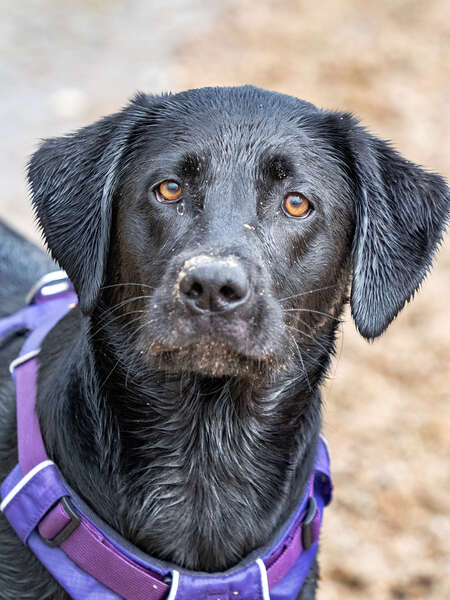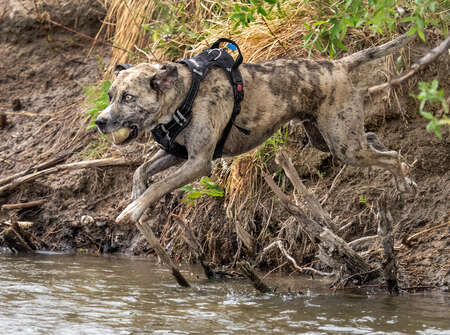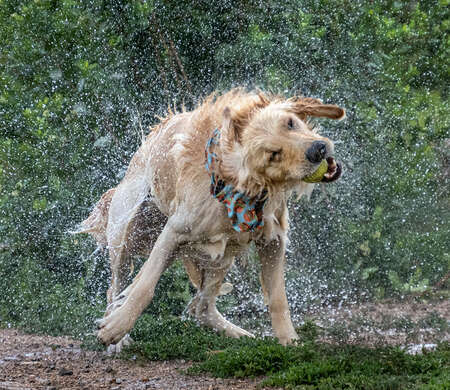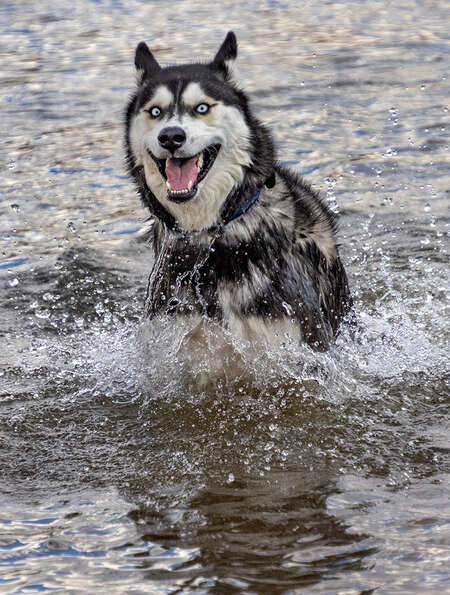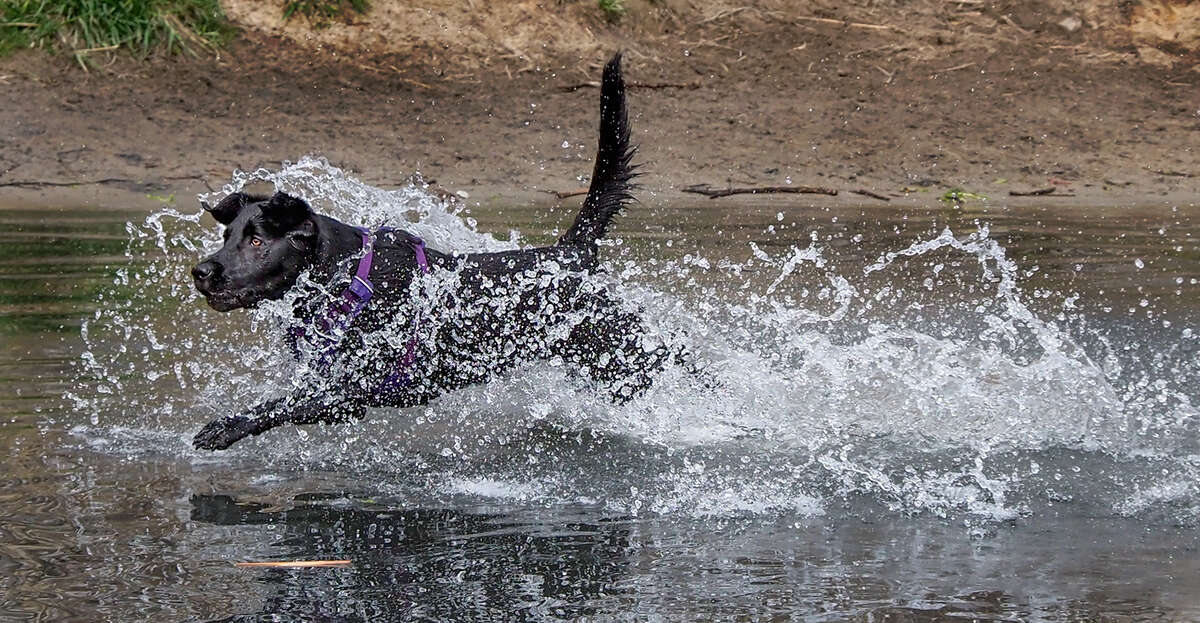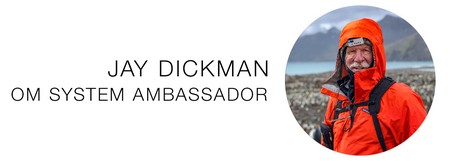As we slowly start to move back outside, the idea of self-assigning can give purpose and reason to your photography. But what is there to photograph? Finding a good, realistic, and visually appealing subject to create a body of work really provides a purpose and challenge to your photography.
I’ve been joining our daughter, Maggie, and her dog, Ellie, as they go to our local dog park in the Denver area. I’m going to discuss a few ideas here that hopefully will translate to your own project, as the elements are applicable to any subject.
First, be prepared. Unfortunately, most dogs won’t “do it again” on the photographers, so have your camera set to the exposure mode that will help accomplish your photos. Walking into the dog park, I’ll have my camera set and ready. I shoot a lot in “S” (Shutter) mode, as I really like to control motion and capture moment. But I’ll shoot “A” (Aperture) mode when trying to control my depth of field or zone of focus. For those early in their digital journey, consider using the “Sports” mode in your Scene mode control on your Olympus. This gives you a high shutter speed (great for freezing motion) and puts the camera in burst mode, enhancing the chance of your getting that prime moment.
I shot NFL Football for many years, and the rule of thumb here for stopping action was to set the shutter at a minimum of 1/500th of a second. If photographing dogs chasing a ball into the water and you want to freeze the water splashes, you should increase your shutter speed to 1/1250th or more. But, you may want to slow the shutter down so you create a sense of motion. Here, 1/30th or 1/50th works well. Be sure and “pan” the camera, following the dog with the camera. Also, burst mode is your friend when trying to accomplish a great motion blur image.
Which is best? It depends on what you are trying to accomplish. I may shoot in Shutter Priority then switch to Aperture Priority for the next photo. This is where your “Custom” modes come in really well, where you can set two different shooting situations, giving you the ability of switching from one mode to the other by a couple of button pushes on your camera.
I chose the dog park, as so many types of photography are available here:
- Landscape/Place: Introducing the audience to where “visually” you are sharing with them is critical. Creating that “sense of place” is important in establishing your visual narrative. This is true whether a story on a dog park, your story on a trip to the Grand Canyon, or photographing your child’s sporting event: sense of place establishes not only the obvious component of location, but “places” your audience into that place.
- Introducing your characters: In photographing Ellie, I want to share with my viewers just who she is. A close and more traditional portrait works well here, as well as an “environmental” portrait, including Ellie but also the environment in which she is playing.
- Moment: This is where you bring the power to your story. Moment really triumphs everything in photography, its importance cannot be over-emphasized. From the quite moment of Ellie
- Detail: The big scene-opener of the dog park provides that important info, giving the viewer context as well a feeling for that place. By taking the viewer closer, to show that close world, addresses the fact that landscape is made up of all that minutiae of detail. You are then taking the viewer on your digital journey, saying “look at this image of the park” then moving close, to show them a view they may not have considered. You are building your narrative
- Close your story: This is a critical part of the narrative, as here you “wrap-up” your story. Often a very simple photo, with minimal components, the closer also does not create a new narrative, but has the elements that finish your story.
Web: jaydickman.net
As a Pulitzer Prize-winning photojournalist and National Geographic photographer, Jay Dickman is one of the most traveled, experienced and celebrated photographers in the program.
